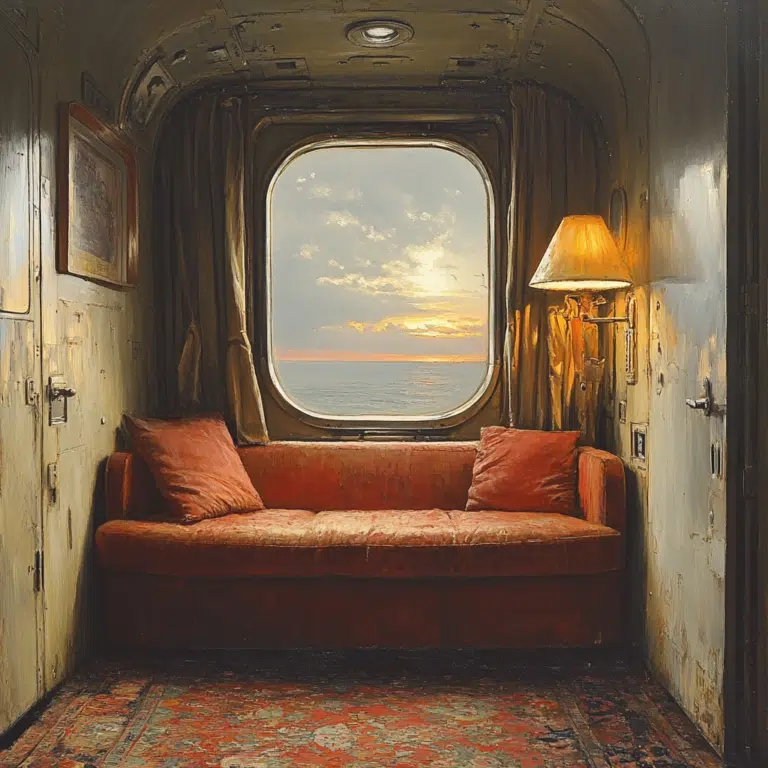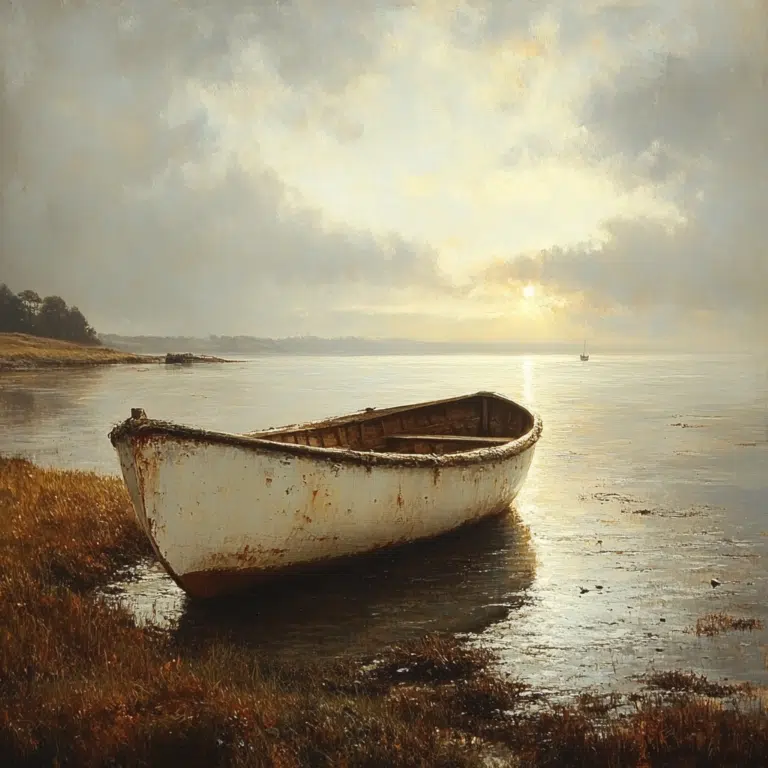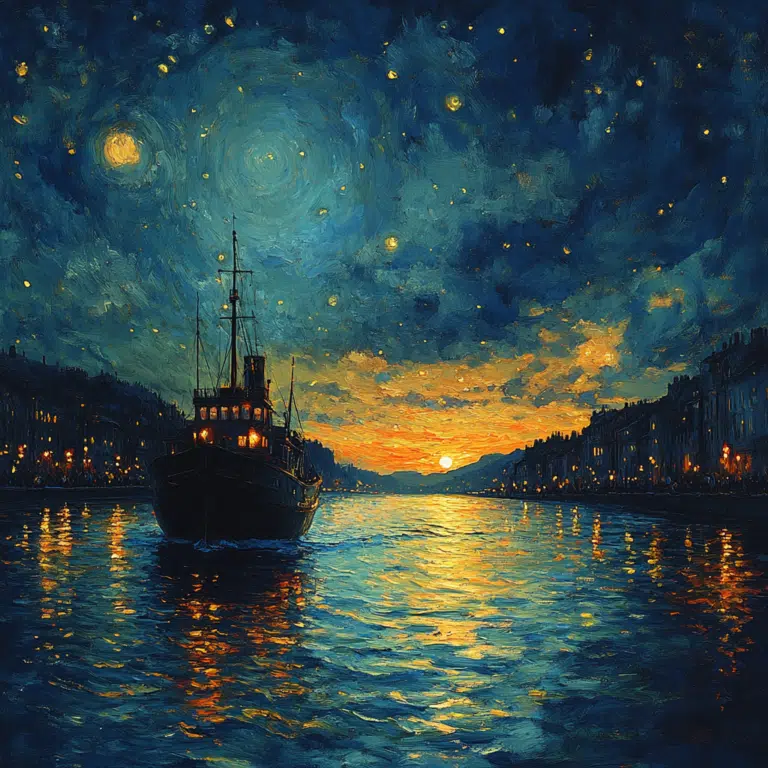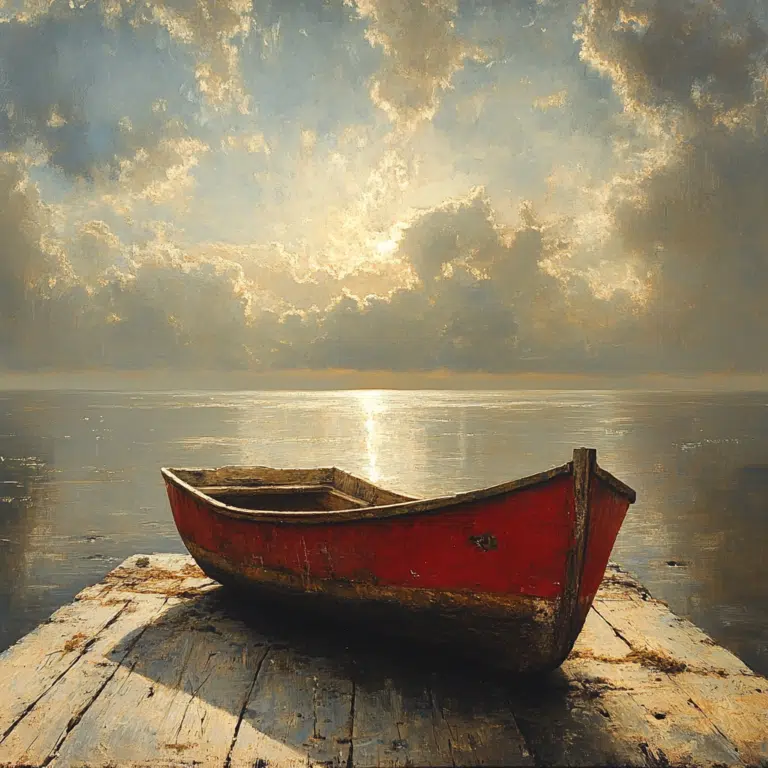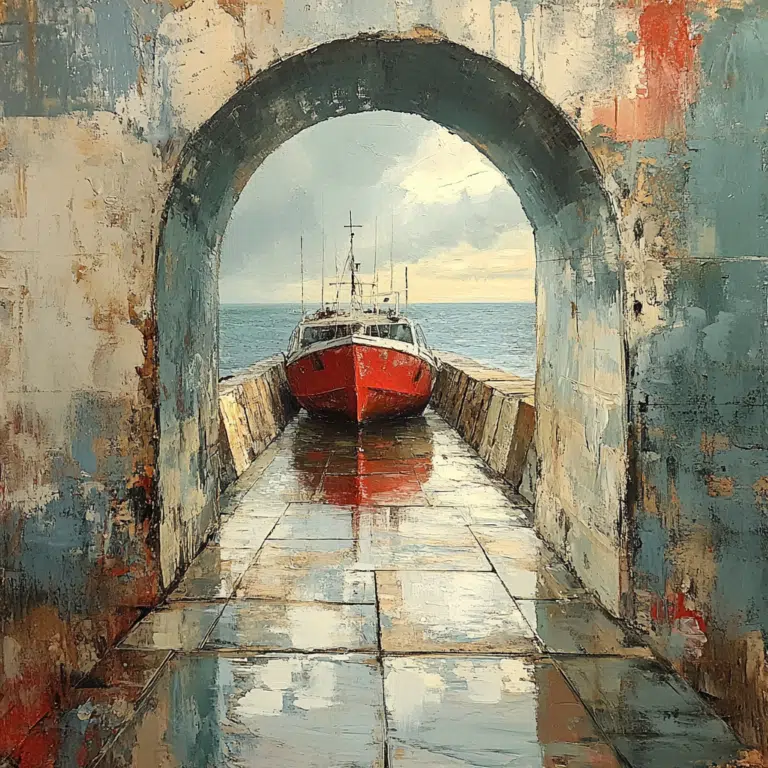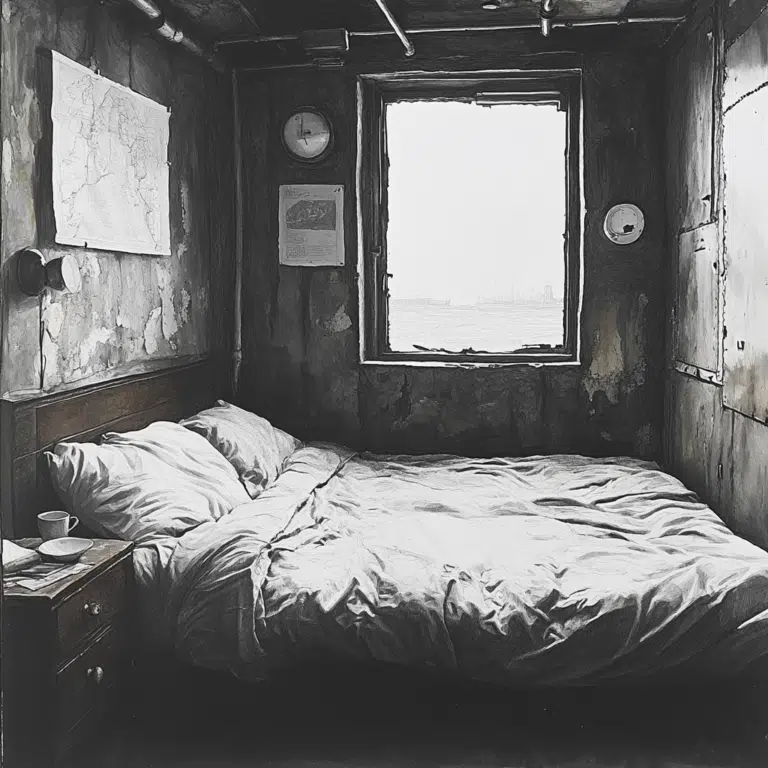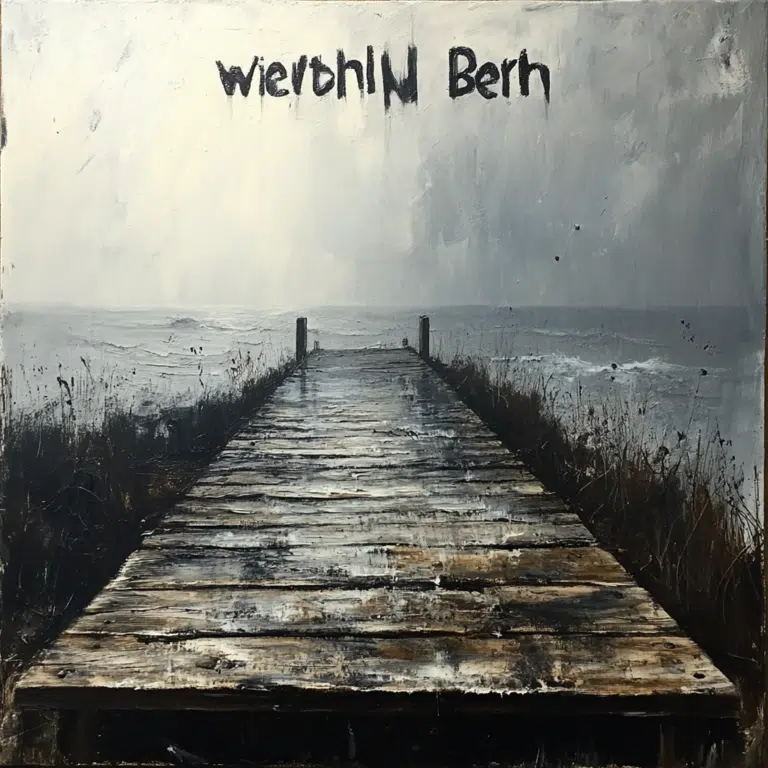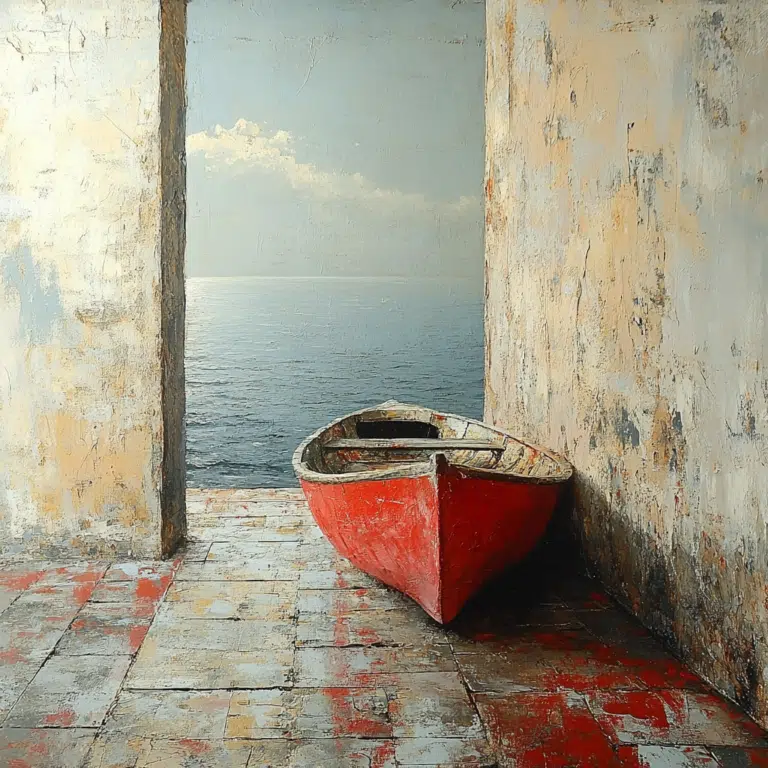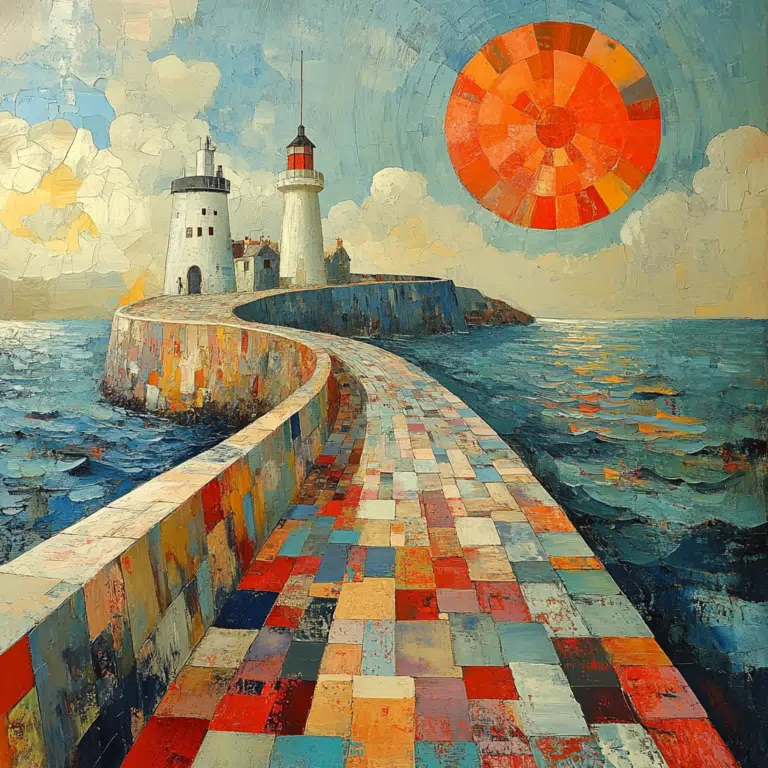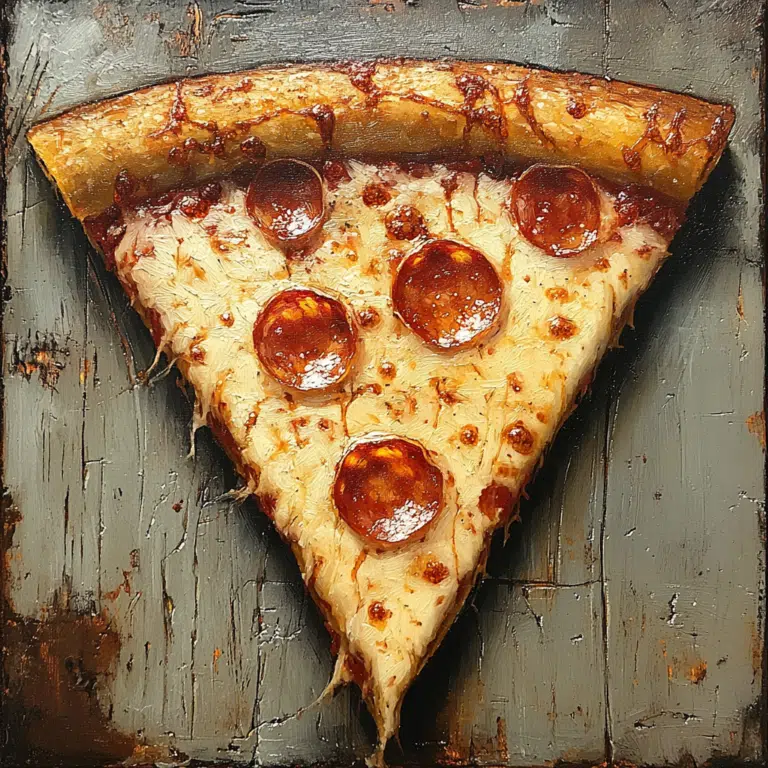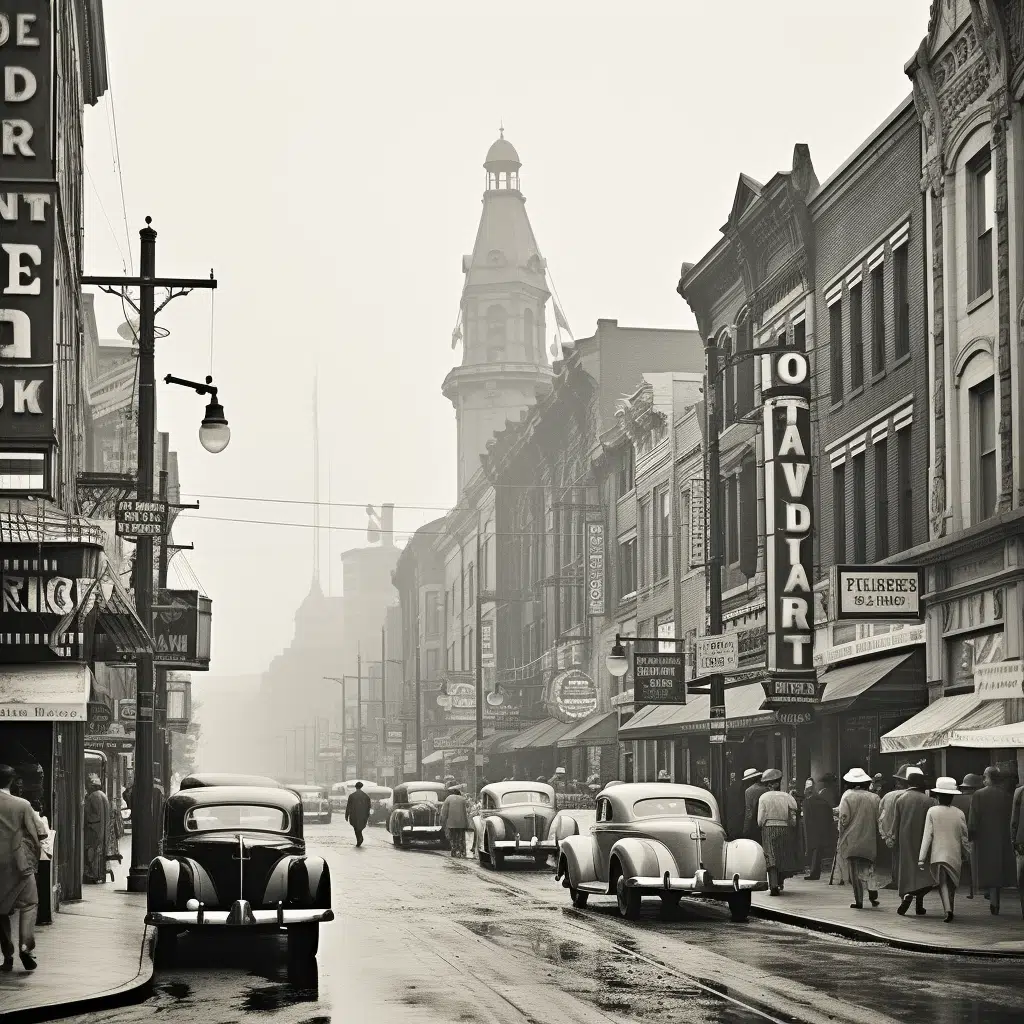The history of Catholicism in America cannot be told without hailing the monumental efforts of the Archdiocese of Baltimore. As a pillar of faith, this archdiocese lays claim to a series of landmark strides that have shaped not only the Catholic Church but have also left an indelible mark on American society at large. Here, we delve into the rich narrative and uncover these historic feats.
The Archdiocese of Baltimore: A Pillar of Faith with Monumental Achievements
Founding the First Catholic Diocese in the United States
The Archdiocese of Baltimore, with deep colonial roots in Maryland, a true haven for Catholics, took a pioneering leap as the setting for the nation’s very first diocese in 1789 and then its first archdiocese in 1808. The gravity of this groundbreaking move cannot be understated; it marked the beginning of a structured Catholic presence in the newly independent United States, with John Carroll, an audacious visionary, steering the ship as the first American bishop and later as the archbishop.
In the shadow of a nascent republic, this establishment was more than a spiritual endeavor; it was a statement. Catholics, once persecuted, found in Baltimore a beacon of hope and a testament to religious freedom. Figures such as Charles Carroll, a signer of the Declaration of Independence, and other prominent Catholics of the era, played pivotal roles advocating for this bastion of faith amidst the fledgling nation’s swirl of religious pluralism.
Today, the archdiocese is a tapestry of history and modernity, with an estimated Catholic population of more than half a million souls. It manages 139 parishes, sustained by the dedication of 198 diocesan priests, 193 religious priests, and 169 permanent deacons who embody the resilient spirit of their forebears. This foundational achievement set a precedent for the many milestones that would follow.
| Category | Details |
|---|---|
| Establishment | First diocese in the United States, established in 1789 |
| Elevation to Archdiocese | Elevated to archdiocese in 1808 |
| First Archbishop | John Carroll (served from 1789-1815) |
| Historical Significance | With its colonial roots, Maryland was a centrality in the development of American Catholicism. The Archdiocese of Baltimore was the most influential diocese in the early years of the nation. |
| Geographical Coverage | It includes Baltimore City, Baltimore County, and parts of Howard County |
| Catholic Population (2020) | Approximately 525,000 |
| Clergy | 198 diocesan priests, 193 religious priests |
| Permanent Deacons (2020) | 169 |
| Parishes (2020) | 139 |
| Education | Runs numerous schools, including primary, secondary, and special education institutions |
| Community Services | Operates various forms of outreach and charity services |
| Affiliated Dioceses (in Maryland) | Also part of the ecclesiastical province are the Archdiocese of Washington and the Diocese of Wilmington, with more than one million Catholics in the region |
Pioneering Catholic Education with the First Diocesan Catholic School
The Archdiocese of Baltimore didn’t merely plant the flag; it laid foundations for generations to come with the opening of the first Catholic school. This was an educational revolution, sparking a subsequent proliferation of parochial schools across the nation. It forged an educational model that balanced academic rigor with deep-rooted moral values, a formula that sustained its impact through the centuries.
These institutions weren’t just scholastic endeavors; they were community cornerstones. They integrated the teachings of the Church with skills for life, creating well-rounded citizens. The legacy of Catholic education in Baltimore, and beyond, owes much to this bold initiative. It’s easy to envision the schoolrooms of yore, with their young charges echoing the teachings of faith and arithmetic in equal measure, developing into the leaders of tomorrow.
Baltimore’s inaugural endeavor resonates through the rhythmic bells and bustling hallways of today’s Catholic schools, a harmonious blend of tradition and innovation stemming from those early blueprints.
Challenging and Evolving: The Role of the Archdiocese in Abolishing Slavery
It would be a glaring omission to ignore the Archdiocese of Baltimore‘s intricate dance with the contentious issue of slavery. It’s an uncomfortable chapter, laden with contradictions, seeing an institution espousing Christian morals grappling with a practice so blatantly opposed to its teachings.
The archdiocese’s journey towards rejecting slavery was a fraught one, with voices within both supporting and opposing it. It was a needle-threading challenge: balancing faith’s calling to uphold the dignity of all against entrenched societal norms. Yet, as change gathered momentum, the archdiocese found its compass aligning increasingly with the forces of abolition.
The legacy of this struggle is etched in the collective memory of American Catholics. The Archdiocese’s evolution in thought and deed regarding slavery was more than an episode; it was a metamorphosis that continues to inspire Catholic advocacy for social justice today.
Hosting the Historic Plenary Councils
The Archdiocese of Baltimore played host to something quite extraordinary in the 19th century—three Plenary Councils, gatherings that would shape the trajectory of Catholicism in the United States. This wasn’t just a series of meetings; it was a demonstration of ecclesiastical democracy in action.
These councils brought together bishops from across the nation to pound out issues germane to an expanding American Catholic community. They tackled hefty topics—education, clergy formation, and parish structure—leaving a trail of resolutions that echo to this day in the Church’s American fabric.
Baltimore’s role as host shed light on its status as not only the cradle of Catholicism in America but also as an incubator of its maturity, a place where the Church could ponder and prescribe for an evolving society.
Celebrating Diversity: Leadership in Integrating Parishes and Schools
Speak of a feat, and the Archdiocese of Baltimore‘s pioneering integration of parishes and schools will resonate with a triumphant chime. In a country marred by segregation, this was a bold trumpet call to inclusivity, embracing people of different races and backgrounds.
This initiative was no casual endeavor; it was met with a symphony of support and a cacophony of resistance. But buoyed by a belief in the Gospel’s universality, the archdiocese championed diversity in its sanctuaries and classrooms, beckoning a gradual but profound societal shift.
The colorful tapestry of integrated congregations and schools in contemporary Baltimore stands as a testament to those efforts. Here, the rich mosaic of humanity can find a spiritual home, reflecting the Church’s universal call.
Fostering Community through Urban Revitalization Initiatives
The Archdiocese of Baltimore has also transcended spiritual leadership by diving into the concrete realms of urban development and community revitalization. Aligning closely with the broader Church’s social teachings, the archdiocese has mobilized resources and influence to breathe life into declining neighborhoods.
These initiatives are more than cosmetic uplifts; they are catalysts for communal renaissance. From local parishes to wide-scale development projects, the archdiocese’s commitment has helped cultivate vibrant communities, offering beacons of hope where despair once festered.
Conversations with community leaders and parish members relay narratives of rejuvenation and challenges, painting a nuanced picture of urban transformation. This dimension of the archdiocese’s mission foregrounds its role as a benefactor of temporal well-being, concerned not just with souls but with bricks and mortar, parks, and playgrounds.
Conclusion: The Enduring Legacy of the Archdiocese of Baltimore
As we reflect on the Archdiocese of Baltimore‘s legacy, we’re reminded that its historic feats have not only defined its past but also sculpted its present and future. Beyond its illustrious firsts—its educational pioneers, its moral stand on slavery, its voice through the Plenary Councils, its embrace of diversity, and its urban revival efforts—there lies a steadfast commitment to social progress and justice.
In a world fraught with new challenges, the archdiocese’s influence remains resolute and palpable. Whether it’s through the whispers of prayer in its cathedrals or the hammering of nails in a neighborhood development, it persists with a mission informed by centuries of cumulative experience. These historical feats, these chapters of transformation and conviction, continue to infuse the identity of the Archdiocese of Baltimore with a spirit unmatched, propelling it to new heights with the same courage and vision that once planted the seeds of Catholicism on American soil.
In a narrative brimming with historical weight and contemporary relevance, the Archdiocese of Baltimore stands as a towering testament to faith in action, a beacon that, as it did in the days of John Carroll, shines undimmed in the promise of America.
Archdiocese of Baltimore: A Peek Into Its Historic Milestones
As one of the oldest and most storied dioceses in the United States, the Archdiocese of Baltimore is chock-full of tales that could rival the drama and twists of Tangled Characters. Let’s walk through time and unveil some trivia so fun and interesting, you’ll feel like you’ve discovered a hidden chapter of American history.
The Pioneering Spirit In Catholic America
Hey there, did you know the Archdiocese of Baltimore was the first Roman Catholic diocese in the United States? Talk about setting the Style Taylor swift Lyrics of Catholicism in America! Established back in 1789, the archdiocese was like the fashion-forward pioneer of the Catholic Church, trailblazing its way through the religious landscape of the young nation.
The Cathedral of Mary Our Queen: A Marvel of Faith
Move over, every Oldest Nfl player, because the Archdiocese of Baltimore has you beat in the endurance game. The Cathedral of Mary Our Queen has stood tall and proud since 1959, showcasing breathtaking art and architecture. Its grandeur whispers stories of faith that have stood the test of time, much like a seasoned footballer on the field.
Where Hospitality Meets Historical Charm
Now, if you’re looking to soak up some of this archdiocese’s incredible history, why not do it in style? Hilton Garden inn baltimore doesn’t just offer a comfy bed to rest; it teases with a chance to walk through history in the heart of Charm City. Who knows, maybe you could pen your own spiritual journey in the guestbook!
Inn-Side the Historic Harbor with a Twist
Imagine this: You wake up in the Hilton Garden inn baltimore inner harbor and, right outside your window, is the narrative of American Catholicism unfolding like morning light. You could say this lodging experience is as intricate and indulgent as the myriad spiritual journeys that have graced the city.
For the Faithful Traveler
What’s the deal with Away luggage sale and the Archdiocese of Baltimore, you ask? Well, both offer an invitation to journey far and wide. While one ensures you pack right for worldly travels, the other encompasses journeys of a more transcendent kind. Baltimore’s archdiocese, brimming with tales of yore, pairs well with the spirit of adventure.
The Saints and the Swanky Suites
Staying at the Homewood Suites by Hilton baltimore, you get more than just a hint of luxury—you get a side of ecclesiastical history that would make even Make Him jealous Spencer Bradley pale in comparison. Just stepping out of your divine abode puts you on the path of saints who have tread these streets.
Jumping back into our time machine (or luxury suite), the Archdiocese of Baltimore’s past continues to mingle with the present, offering us stories, sanctuaries, and snug suites that carry the echoes of ancient hymns and historical headlines. Whether you’re a hard-core history buff or just in town for the crab cakes, the archdiocese’s lore is as intriguing as it is inspiring. Now, isn’t that something to write home about?
Why is Baltimore so Catholic?
Whew, Baltimore’s strong Catholic roots can be chalked up to its history as a haven for Catholics facing persecution in England. After all, it was the birthplace of American Catholicism, with the first diocese established right in Charm City!
How many Catholic priests are in Baltimore?
You’d be surprised, but in Baltimore, there are around 150 priests, give or take, serving the spiritual needs of their flocks across the Archdiocese.
How many Catholic diocese are there in Maryland?
Maryland may not be huge, but it packs a punch with its one archdiocese and four dioceses dotting the state like spiritual lighthouses guiding the faithful.
What is the oldest Catholic diocese in the United States?
Hold onto your hats! The oldest Catholic diocese in the United States is none other than Baltimore, founded way back in 1789 – now that’s a venerable old institution!
What percent of Maryland is Catholic?
It turns out, about 22 percent of Maryland’s population identifies as Catholic – not too shabby for a single denomination, right?
Why did Maryland stop being Catholic?
Well, here’s a history tidbit for you: Maryland shifted gears in the 1690s when the Protestant majority put the kibosh on Catholic dominance with penal laws. Ouch!
What is the Catholic Church scandal in Baltimore?
Talk about a can of worms – the Catholic Church scandal in Baltimore involves heartbreaking allegations of sexual abuse by clergy that’s sent shockwaves through the community.
What is the largest Catholic church in the United States?
Size matters, and the Basilica of the National Shrine of the Immaculate Conception in DC takes the cake as the largest Catholic church in the United States, but it’s a stone’s throw away from Baltimore.
What is the Baltimore Catholic diocese scandal?
The Catholic diocese of Baltimore scandal? Yikes, it’s a messy saga of abuse revelations that have really rocked the boat for the local Catholic community.
Is Maryland majority Catholic?
Spotlight on Maryland, and the answer’s a nope – it’s not majority Catholic, but they still have a strong presence in the Old Line State.
What is the largest Catholic diocese in the world?
When it comes to sheer size, the Catholic Diocese of São Paulo in Brazil sets the bar high – it’s like the heavyweight champion of Catholic dioceses worldwide.
What is the difference between a diocese and an archdiocese?
Okay, so a diocese is like your neighborhood church HQ, but an archdiocese? That’s the big leagues, the chief that oversees a bunch of dioceses. Think of it as the boss’s boss in clerical terms.
What states are most Catholic?
Now, which states are waving the Catholic flag the highest? Rhode Island, Massachusetts, and New Jersey are all vying for the top spot in the Catholic roster.
Is the Catholic Church growing or Shrinking?
Is the Catholic Church on the rise or taking a dive? Globally, it’s adding numbers, but in places like the United States and Europe, the pews are getting a bit emptier.
What is the oldest Catholic parish in Maryland?
Step into history at St. Mary’s Parish in Rockville – it’s the oldest Catholic parish in Maryland, dating back to 1775. Talk about standing the test of time!
Why are there so many Catholics in Maryland?
Maryland’s chock-full of Catholics thanks to its founding as a safe space for Catholic worship in a time when that wasn’t a given. Plus, they’ve been planting roots since the 1600s, so they’re pretty well established!
Why is Maryland so Catholic?
Maryland’s identity was super Catholic back in the day due to its founding as a sanctuary for English Catholics. Now, it’s diverse, but those Catholic roots are deep!
Is Maryland majority Catholic?
To set the record straight, Maryland isn’t majority Catholic today, but it’s got a significant Catholic community that’s been kicking around since colonial times.
Was Maryland predominantly Catholic?
In the olden days, yep, Maryland was predominantly Catholic thanks to its origins as a safe place for English Catholics on the run. But times change, and so do demographics!





